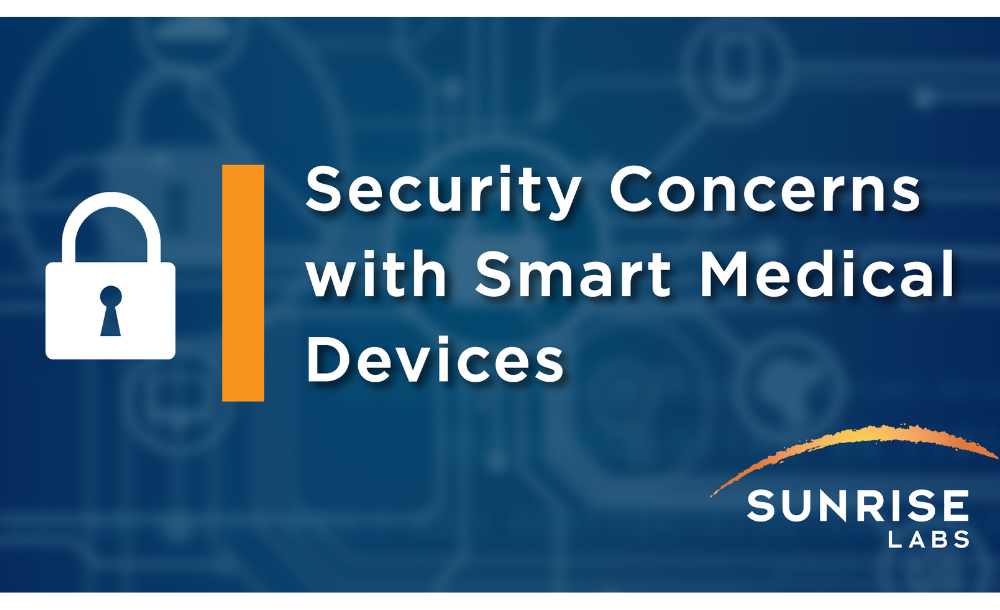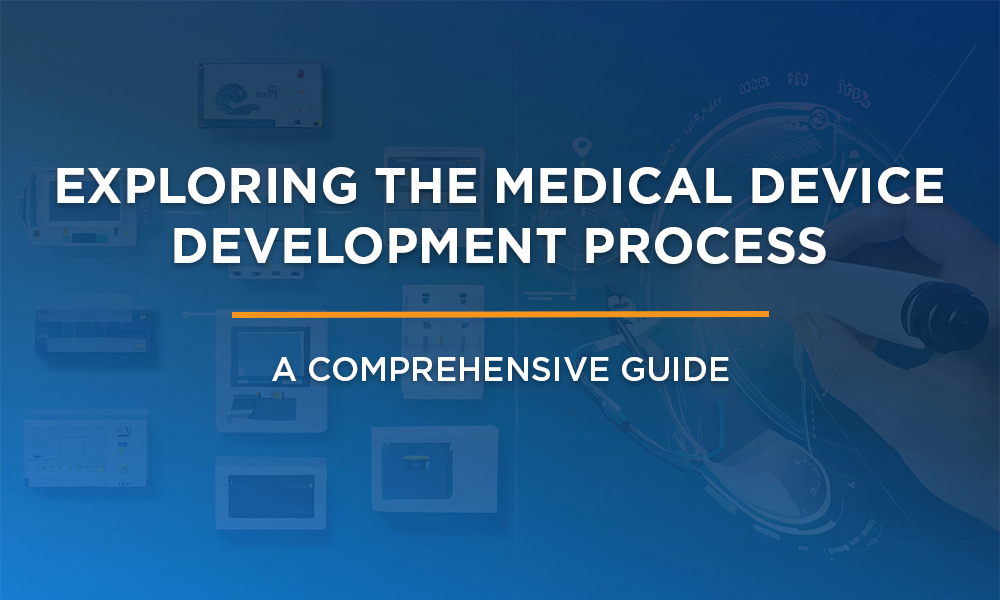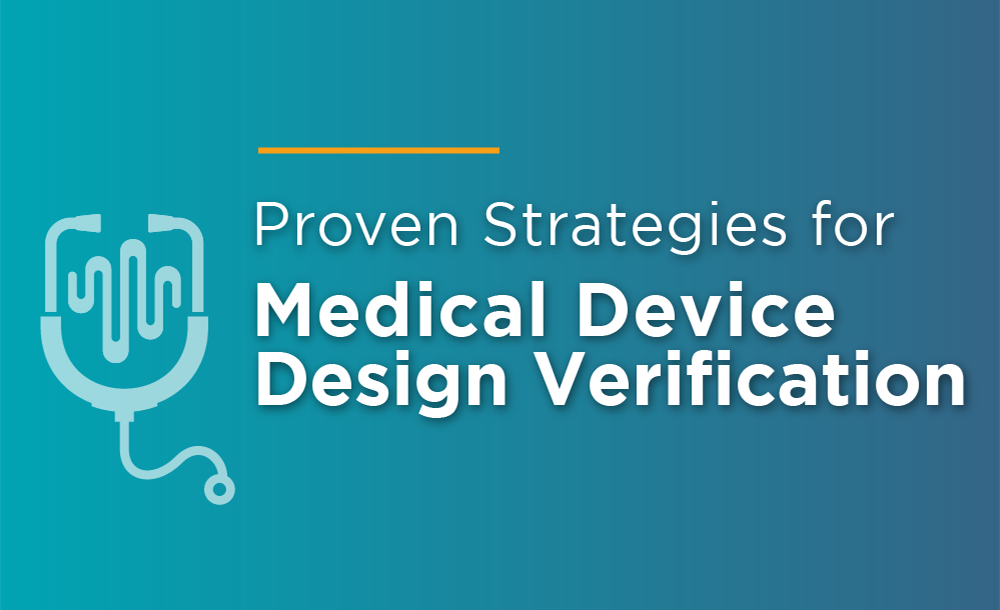The world has embraced connected devices. Smart Medical Devices have become a technology that people rely on, both personally and professionally.
This is reflected in the medical field, where connected device usage is steadily increasing. A report by Statista claims over 161 million medical-connected devices will be installed by 2020. The demand for these Internet of Things (IoT) devices is obvious. However, there is an opportunity for these devices to be a security risk. In fact, it’s making a new approach to security necessary.
Security Risk
The crux of the risk is that connected medical devices are no longer stand-alone, they are part of a network with multitudes of other devices. For example, some types of infusion pumps communicate with electronic health record (EMR) systems or priority monitoring systems. This communication often includes personal health information (PHI). This communication must be safeguarded to maintain patient confidentiality and safety.
Without proper security, connected medical devices can be easily breached. A malicious actor (aka ‘hacker’) looking to infiltrate a network often only needs one weak device to be successful. McAfee Labs’ Threat Report reveals a 210% increase in disclosed security incidents related to healthcare. This surge indicates that hackers are finding programs on the network that are vulnerable.
Many of these vulnerabilities involve leveraging attack techniques such as phishing, ransomware, or denial of service. However, devices are often also vulnerable to more targeted attacks such as “replay” attacks where communication is intercepted that is designated for the device. The communication can then be replayed to the device to cause it to repeat the action the communication originally intended to do. The FDA confirmed that connected pacemakers and defibrillators can be exploited. Leveraging these exploits, a malicious actor could drain batteries or trigger shocks to the patient.
Steps to Improve Connected Device Security
To realize the advantages of connected devices, resolve concerns about security by employing these essential best practices:
- Building security into the design process. Consider security concerns early in development to ensure the final product does not need to compromise on security.
- Evaluate security risk. No two devices’ risk profiles are the same. Thus no two devices have the same security risks. Security risks need to be evaluated to ensure a device is safe as possible.
- Utilize standard industry practices. Techniques exist for encryption, authorization, and authentication. Utilizing the existing practices employs the magnitude of effort already invested into solving difficult security challenges.
- Test the security of the device. Often devices have vulnerabilities that are not the result of bad design but is merely a mistake that can be easily resolved. Testing ensures that misconfiguration or software anomalies do not lead to vulnerabilities in the field.
- Understand the security life cycles once a device is in the wild. Plan on how to respond and address security vulnerabilities when they occur in the field.
- Emphasize the encryption of all sensitive data, especially Protected Health Information (PHI). This is critical in ensuring privacy and control over data.
- Institute more security measures after the initial configuration by the manufacturer. You should be able to update and adjust security settings throughout the life of the product.
FAQ’s
1. Why are connected medical devices a security risk?
- They are part of a network vulnerable to breaches if one device is compromised.
- Communication between devices often includes sensitive patient data (PHI).
- Hackers can exploit vulnerabilities to steal data, disrupt operations, or even harm patients.
2. Examples of security threats to connected medical devices:
- Phishing: Tricking users into revealing passwords or other sensitive information.
- Ransomware: Locking a device or data and demanding a ransom payment to unlock it.
- Denial-of-service (DoS): Flooding a device or network with traffic to prevent legitimate users from accessing it.
- Replay attacks: Intercepting and re-transmitting communication to the device to make it perform unintended actions.
3. How can a malicious actor exploit a pacemaker or defibrillator?
- By exploiting vulnerabilities, a hacker could drain the battery or deliver inappropriate shocks to the patient.
4. How can we improve the security of connected medical devices?
- Design security in from the start: Consider security during all stages of development.
- Evaluate security risks: Identify and address potential weaknesses specific to each device.
- Use standard security practices: Implement encryption, authorization, and authentication mechanisms.
- Test security thoroughly: Identify and fix vulnerabilities before devices are deployed.
- Maintain security throughout the device lifecycle: Patch vulnerabilities and update security measures as needed.
- Encrypt sensitive data: Protect patient privacy by encrypting all PHI.
- Allow for ongoing security updates: Enable users to update and adjust security settings after initial configuration.
5. Why is it important to encrypt Protected Health Information (PHI)?
- Encryption scrambles data to make it unreadable to unauthorized users, protecting patient privacy and data security.







